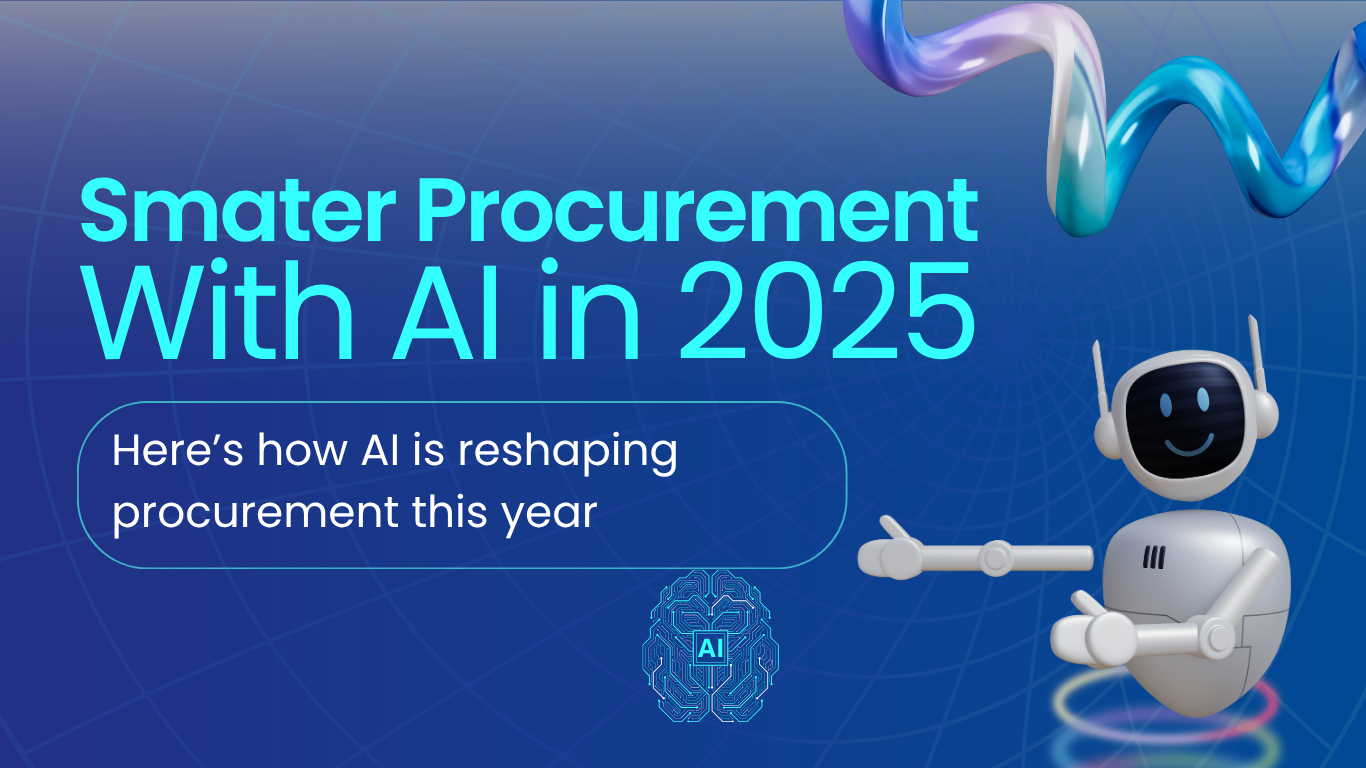

Artificial Intelligence (AI) is transforming procurement from a manual, time-consuming process into a strategic, insight-driven function. In 2025, companies that adopt AI are achieving faster decisions, better cost control, and more resilient supply chains.
Here’s how AI is reshaping procurement this year
1. Intelligent Supplier Discovery and Evaluation: Traditionally, identifying and vetting suppliers required manual research, references, and lengthy due diligence.
Today, AI simplifies this by scanning thousands of supplier profiles in seconds, using data analytics and machine learning to evaluate each vendor’s track record, certifications, financial stability, and delivery performance.AI tools can even assess supplier risks based on real-time market trends, geopolitical factors, or past performance.
This allows procurement professionals to:
Example: A Nigerian manufacturing firm could use AI tools to instantly compare local suppliers for raw materials, analyzing cost, reliability, and sustainability scores – saving weeks of manual effort.
2. Predictive Pricing and Market Intelligence: AI is revolutionizing how organizations manage cost and pricing. By tracking historical data, exchange rates, inflation, and commodity trends, AI models can predict price changes before they happen. This means procurement professionals can forecast market shifts, lock in favorable prices, and make smarter purchasing decisions.
Benefits include:
Example: A company sourcing imported machinery can use AI insights to anticipate when the naira’s exchange rate may impact import costs – allowing proactive contract adjustments.
3. Process Automation and Efficiency: Procurement is filled with repetitive and administrative tasks -from preparing RFQs (Requests for Quotation) to processing purchase orders and invoices. AI-powered systems now automate these routine functions using robotic process automation (RPA) and natural language processing (NLP).
This brings several advantages:
Example: A supply chain company can automate purchase order creation and approval workflows, ensuring faster turnaround and eliminating delays in supplier payments.
4. Real-Time Risk Management: AI tools can monitor global supply chain data, news reports, and logistics performance to detect disruptions early -whether due to political instability, natural disasters, or supplier insolvency.
This proactive monitoring helps procurement teams:
Example: If a supplier in another country faces port strikes, AI systems can alert the procurement team instantly, suggesting local alternatives to maintain production flow.
5. Data-Driven Strategic Decision Making: In 2025, procurement success depends on data visibility. AI converts raw procurement data into actionable intelligence, offering insights into spending behavior, supplier performance, and process bottlenecks.
This enables organizations to:
Example: AI dashboards can show which suppliers consistently deliver on time, which categories drive the highest spend, and where cost efficiency can be improved – allowing smarter, evidence-based decisions.
In Conclusion
AI is not here to replace procurement professionals- it’s here to enhance their capabilities. By combining human judgment with machine intelligence, organizations can unlock new levels of efficiency, transparency, and resilience in their sourcing strategies.
In 2025 and beyond, companies that embrace AI-driven procurement will gain a competitive edge, positioning themselves as leaders in innovation, sustainability, and operational excellence.